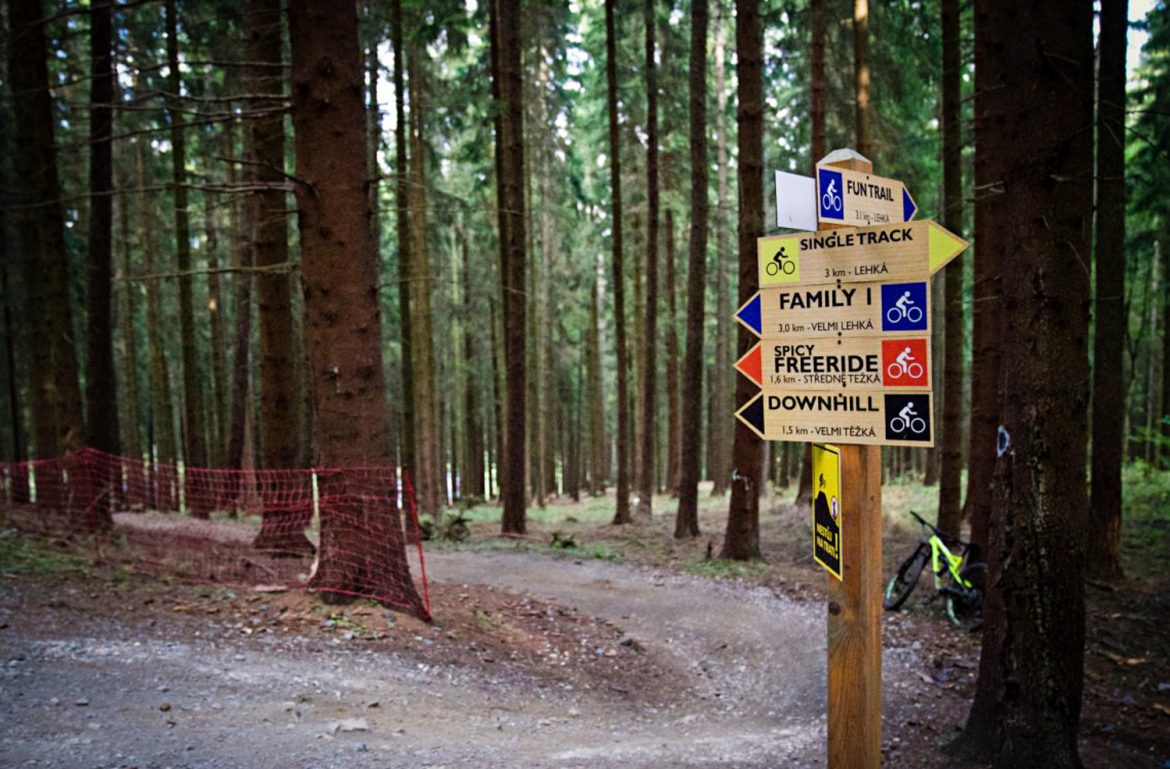
People can derive loads of power from knowing cool things that other people don’t. Launch codes, family recipes, hot bands, life hacks, and even trail locations. In some parts of the globe, secret trails outnumber those on the map, and “no Strava” rules are strictly enforced. How do you feel about the “secret trails” in your area? Is there another way to achieve the same goal that doesn’t withhold the fun?
Oftentimes, trails are kept secret because they are unsanctioned, and the builders don’t want the property managers to see heaps of traffic that would lead them to shut down the party. This justification makes sense to a lot of folks, as the alternative to their silence is one less trail. Everyone in the know wants to keep riding the trail and respecting the builders, so they keep their mouths shut and Strava data private. Some secret trails can endure for decades this way, playing host to small work parties between hundreds of hot laps. More often, they are eventually logged or developed, and new secrets are formed in their stead.
Another common rationale for secret trails is the “locals only” line. Some riders who live and dig in popular MTB-tourist destinations like to have something that’s just for their immediate crew, and they scratch in tracks with no clear entrance or exit to keep them private. Occasionally these lines are justified by difficulty. “This track is just too steep, and if we let everyone ride it and people get hurt it will be closed forever.” While those concerns may be valid, they could just as easily be noted by a black diamond to two at the trailhead. This argument seems to be more rooted in selfishness than practical reasoning.
Folks who aren’t in the know might see all of this secrecy as “gatekeeping,” wherein the cool kids in the lunchroom don’t want to share the best snacks. You have to buddy up with the right person in order to know what tree to turn left at to begin that ripping descent. Being left out of the loop like this can feel pretty crappy, and it’s a common complaint about secret trails. We would love to hear your ideas around how this could or does work differently. Is the “secret” qualifier in that phrase truly necessary, or is it merely convenient? Would it be better if we spent the same effort building trails for everyone, and in turn creating a resource for the larger community?
Additionally, secret trails are rarely a secret. Without fail, when I visit a new knot of singletrack with a friend the first local tracks they want to show off are the secret ones. There’s typically a story about how those trails are more fun, with less traffic and more challenging features—all of which usually checks out. Those friends get to show off a little by being in the know with that ace in the hole. I recently moved to Bellingham, Washington, where locals say there are two secret trails for every one that’s mapped, and I’ve ridden a new-to-me unmarked track on every outing so far. While this is all harmless, it makes me wonder if any trail is truly secret.
A different sort of forest secret rests in the elusive beer cave, and those cold snacks remain quietly tucked in the shadows for the folks who purchased them. I’ve seen some elaborate booze stashes built into the ground to keep things cool, cut into the side of stumps and refilled by passing hikers, and the occasional streamside dam designed to cool cans. This sort of secret seems reasonable since those fluid ounces are a finite resource in the mountains. I’d vote that singletrack, on the other hand, needs to be available to everyone, whenever possible.












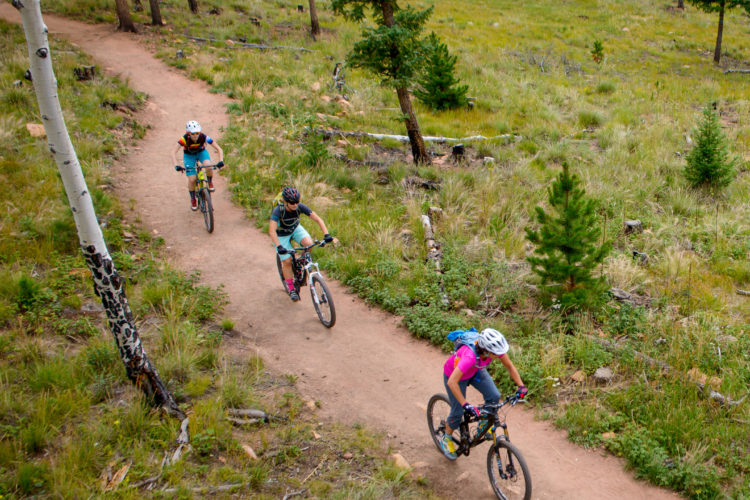
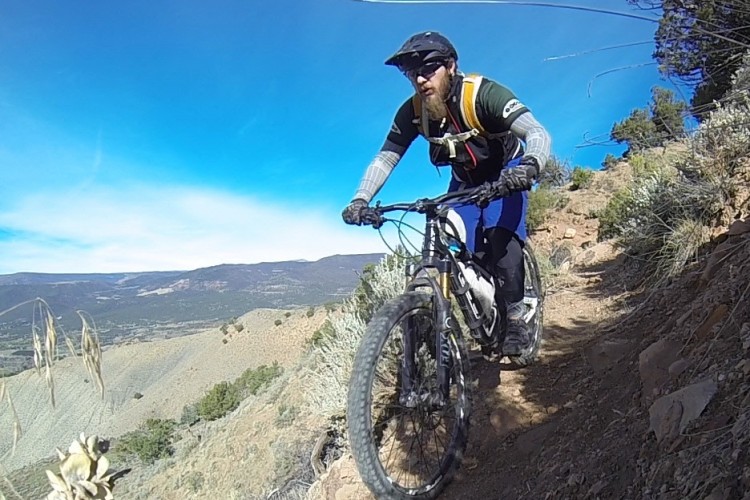
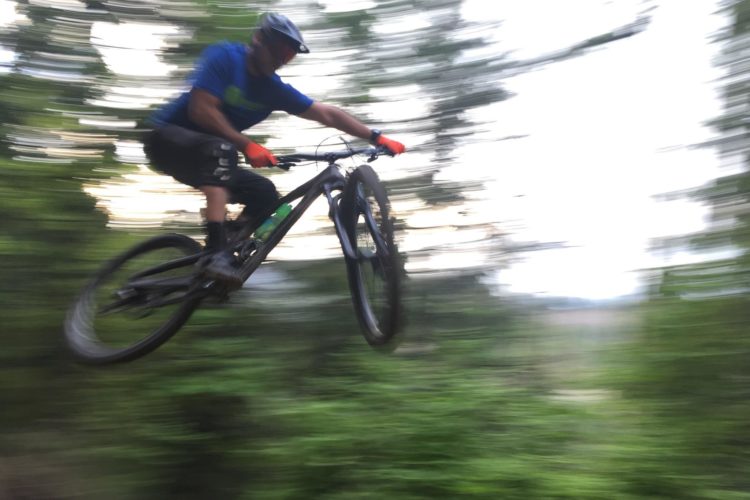
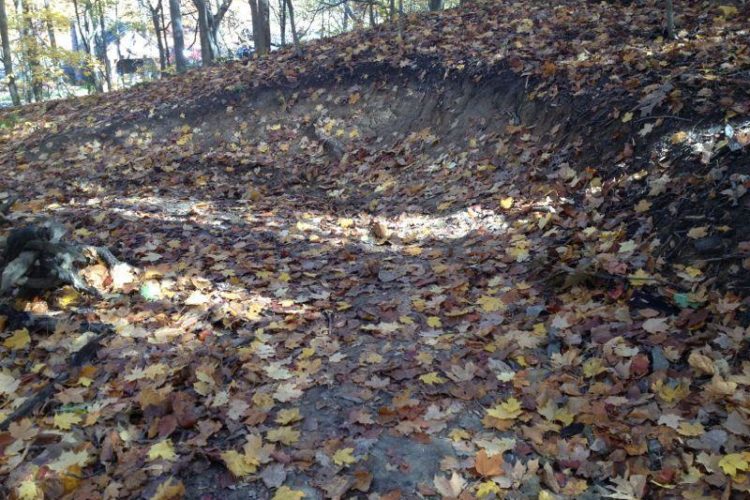





7 Comments
Nov 22, 2021
Nov 23, 2021
Dec 27, 2021
Dec 27, 2021
He never replied thanks or anything. A week later, the ranger, that never ever had a problem with that particular area went nuts and dumped thousands of pounds of tree branches on two of the trails. And the usual signs, fences, wire. One trail is now permanently messed up. What I didn't know at the time was that the MTBR moderator was on the county access board and in a very foul mood that month. I felt so bad for inadvertently ruining that trail...for nothing. And upset that a fellow mountain biker could be such a jerk. We don't get along now. I learned my lesson...never blab about the best trails. If you ride and explore enough, trust me you'll find them anyway.
Dec 27, 2021
Nov 21, 2021
I have donated cash and time to this until cancer has put the kibosh on my personal involvement. While I endure treatment, my bike is my therapy.
Seeing the latest works is still inspiring and a blessing for all to enjoy
Nov 21, 2021